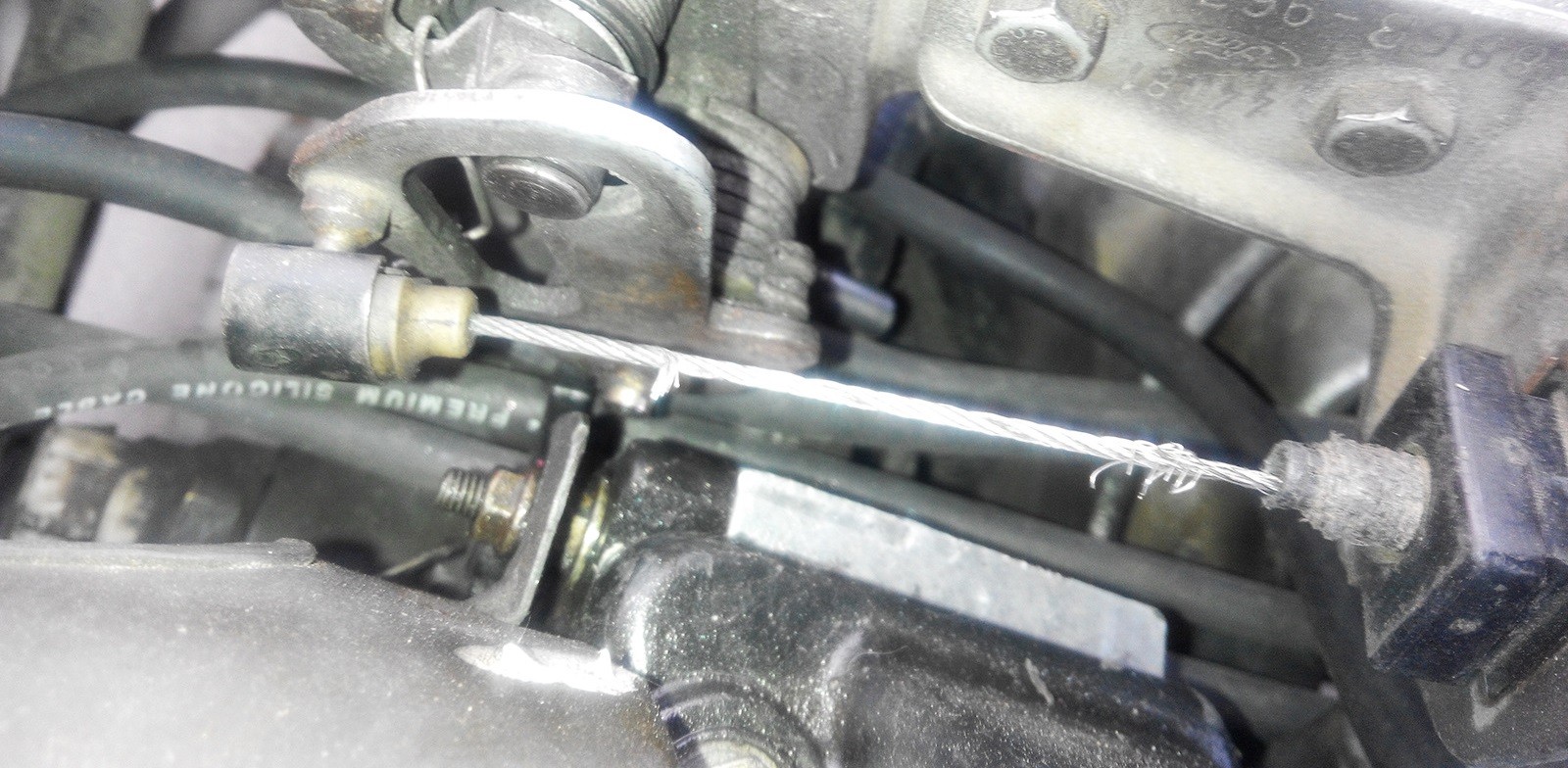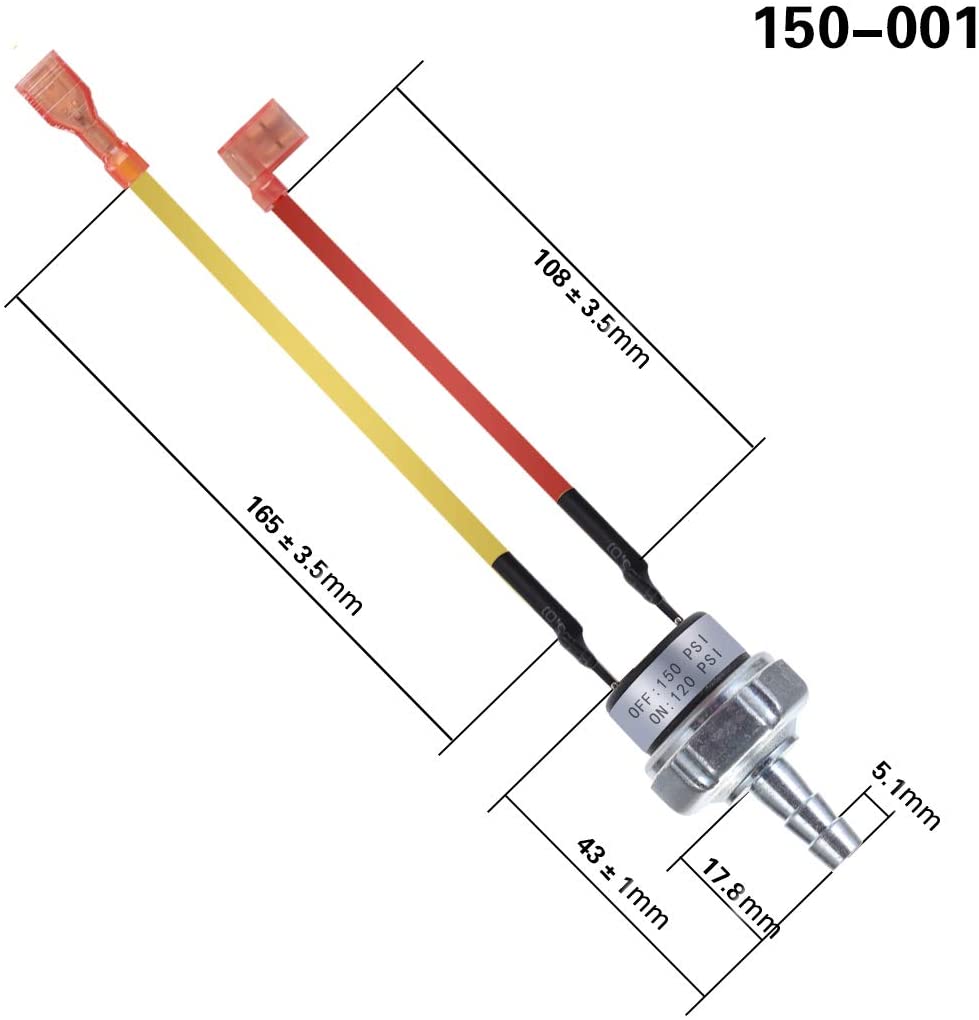
Symptoms of a Bad or Faulty Accelerator Cable
Common signs include exterior coating damage, slow throttle response, and cruise control problems.
While most new cars use electronic throttle control, physical accelerator cables are still widely used in many vehicles on the road. The accelerator cable, sometimes referred to as the throttle cable, is a metal-braided cable that serves as the mechanical link between the accelerator pedal and the engine throttle. When you press the gas pedal, the cable stretches and opens the throttle. Because the throttle controls the car's power, any cable problems can quickly lead to vehicle handling problems, so it should be checked as soon as possible.
The most common way for accelerator cables to fail is to break them. Over time, they can simply weaken with age and use until they eventually break. It is also not uncommon for them to fail to such an extent that there is a noticeable effect. If the cable breaks or is out of adjustment far enough, it may affect the vehicle's handling to the point that the vehicle will not steer until the problem is corrected. Usually, when there is a problem with the accelerator cable, several symptoms are displayed.
1. Damage to the outer coating
The accelerator cable on most vehicles is covered with an outer rubber sheath that protects the braided metal cable on the inside. Occasionally, the cable may come into contact with sharp edges or moving engine components that may wear down the sides of the cover. If you notice any damage or wear to the cover, chances are the metal cable inside is damaged. Because the cable is under constant voltage, any damage to the cable can cause it to break.
2. Accelerator response delay
When you press the gas pedal, the engine should respond immediately and the car should begin to accelerate. If there is a delay in response when you press the pedal, or if there is significant movement before the car responds, then this may be a sign of a problem. Sometimes the cable can stretch over time, which will not only delay throttle response, but also make the cable more vulnerable to breaking. A delayed response may also indicate that cable slack needs to be adjusted.
3. Problems with cruise control
Since most cable actuated throttles also use a cable for cruise control, if you notice any problems while using cruise control it could be a potential sign of an issue with the accelerator cable. If you notice any sudden changes in pedal tension, such as jerking or sticking when you activate the cruise control, this could be a sign of a problem with the accelerator cable. Since both cables are connected to the same throttle body, any problems with the operation of one can affect the other.
Since the accelerator cable basically allows the engine to accelerate, any problems with it can greatly affect the operation of the car. If you suspect that you may have a problem with the throttle cable, contact a professional specialist, such as a specialist from AvtoTachki. If necessary, they can replace your accelerator cable.

